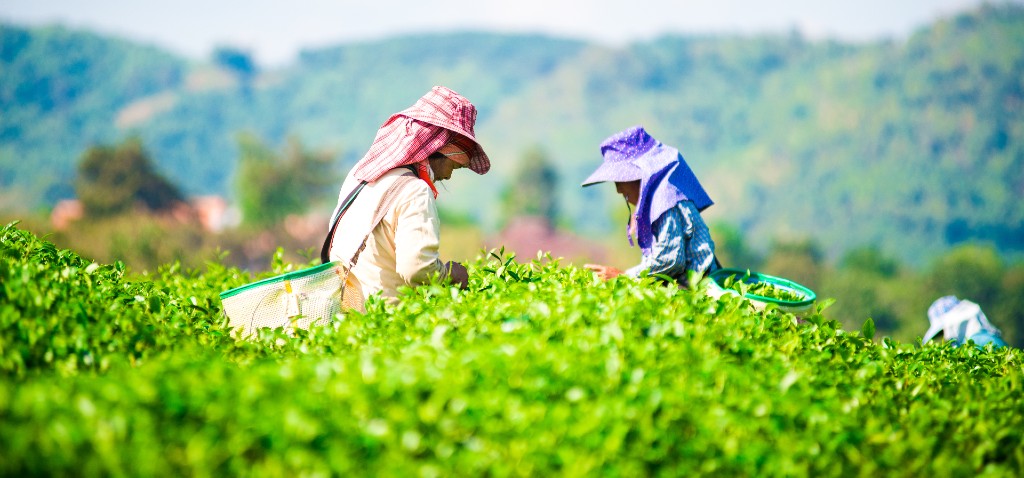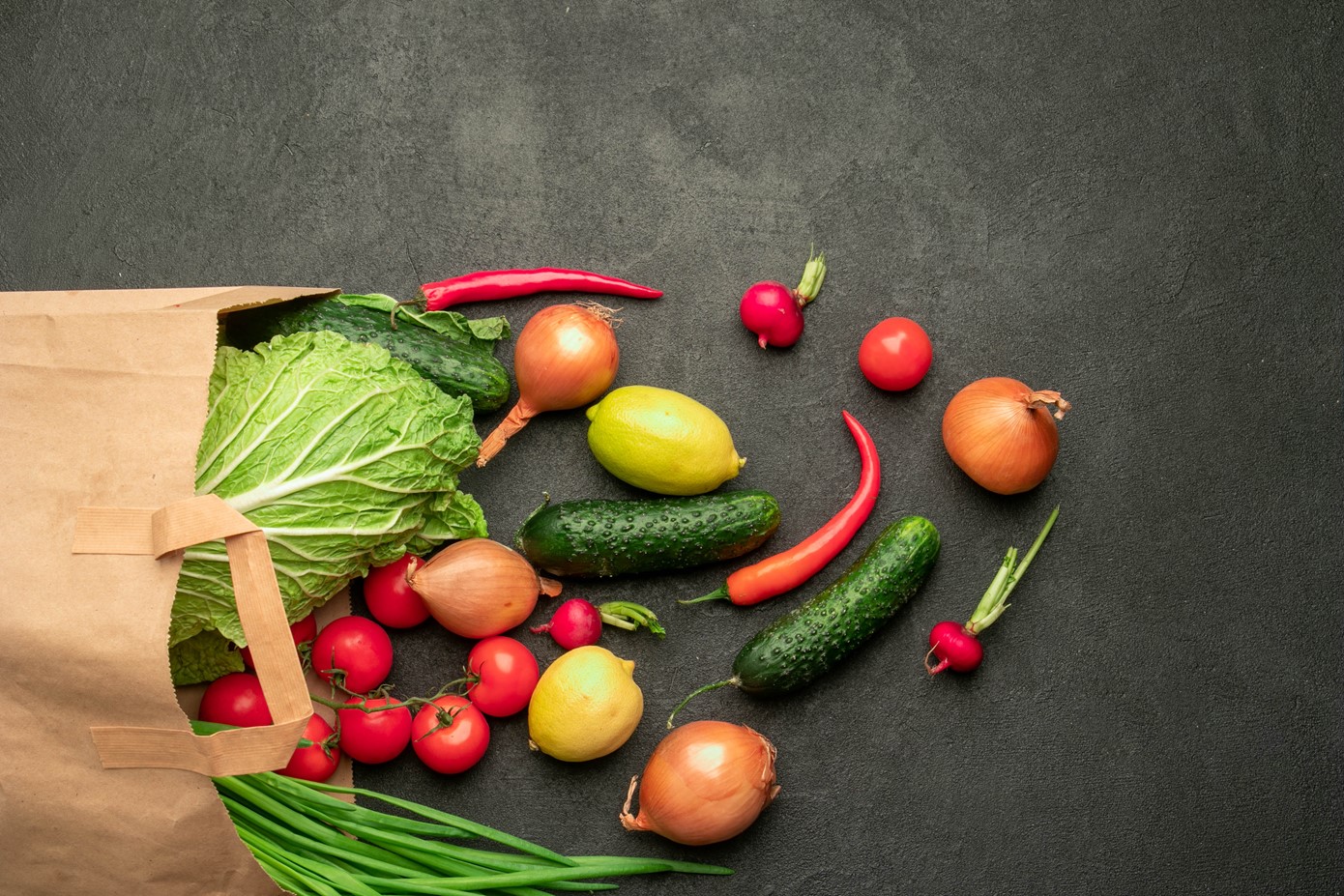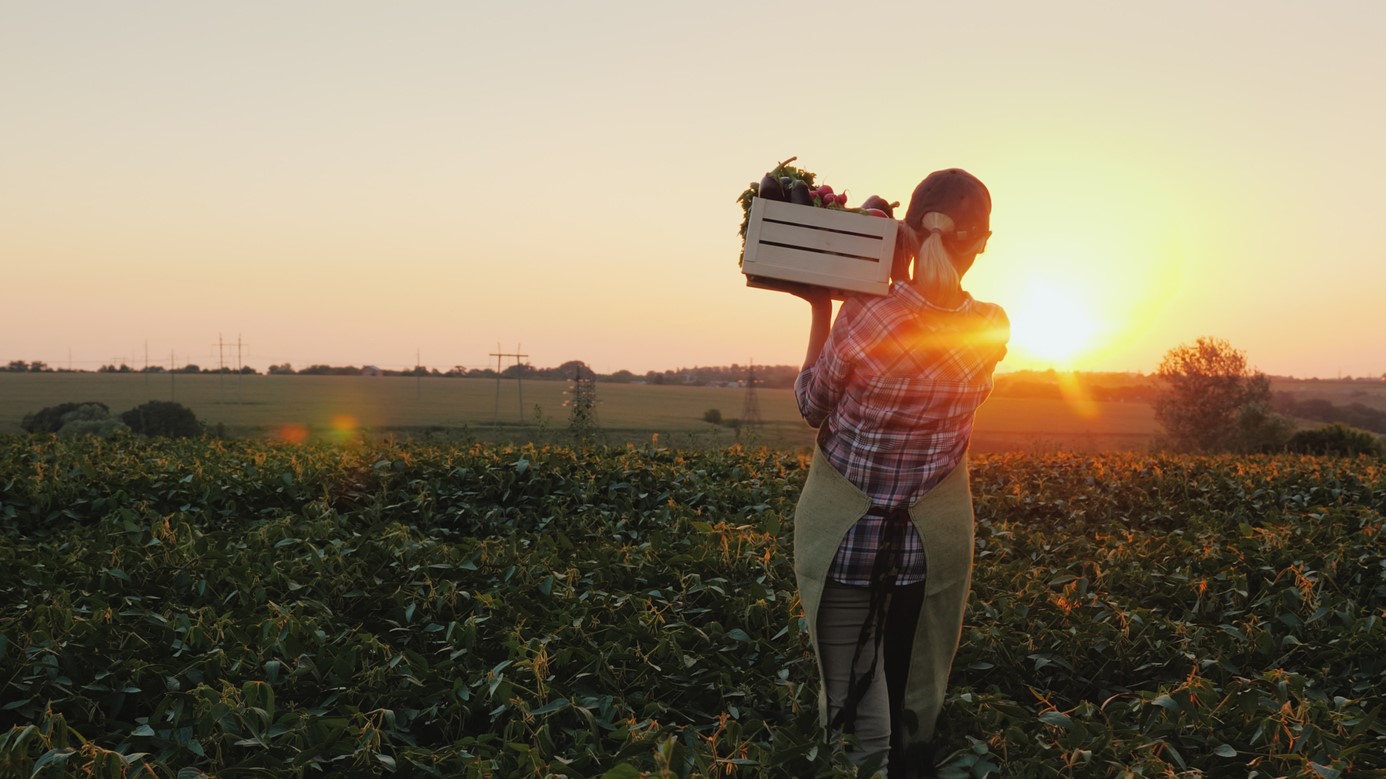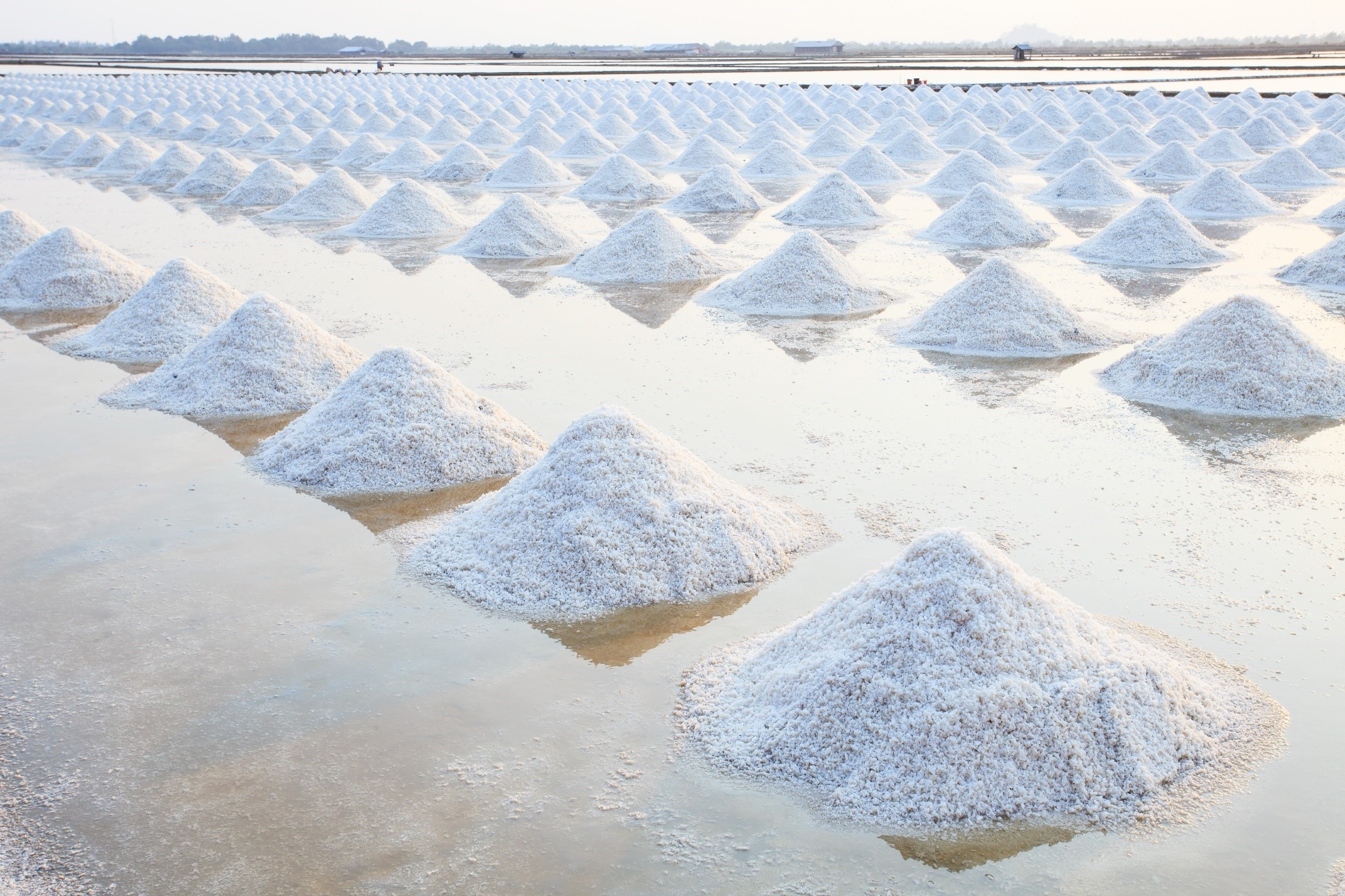
With the global population predicted to grow to 9.7 billion by 2050, there is increased focus on sustainable food production to meet rising demand worldwide. One major consideration is how food production contributes to food waste and how food waste impacts the world. In this article, we take a holistic and collaborative approach to understanding how food waste is created and how reducing food waste can benefit the environment, industry, and consumers alike.
The urgency around reducing food waste.
An estimated 33% of all food produced globally, goes to waste1. In the US this figure is as high as 50% 2.
At a time when sustainable food systems are globally imperative, food waste reduction has a role to play financially, socially and environmentally. A loaf of bread or a pack of ham that is past its date is not just wasted food and a lost sale. This also costs water and energy and creates CO2 emissions. It’s also a missed opportunity to nourish an ever-growing population, magnifying issues of hunger and malnutrition.
There are many opportunities throughout a products lifecycle to reduce food waste, including during the growing, post-harvesting storage, processing, packing, transport, retail stages and consumer behaviour. A reduction in food waste through preservation can benefit manufacturers, retails and consumers through extended shelf life, protect margins and inspiring consumer confidence with safer food which lasts longer.
Food waste reduction allows the planet’s resources to nourish more people. To put things into perspective, if food waste were a country, it would be the 3rd highest emitter of greenhouse gases (after the US and China). Consequently, reduction in food waste can also benefit the planet though greenhouse gas reduction.
Half of consumer food waste could be prevented by extra shelf-life days 3,4. If the food industry could transform all food loss and waste, there would be enough food to feed the number of undernourished people in the world today twice over. Not only can the industry preserve food and reduce waste, but they can better deliver food safety solutions. Thus, reducing product recalls, which impact both the industry and consumers annually.

Where does food waste come from?
Globally, around 14% of food produced is lost between harvest and retail, while an estimated 17% of total food is wasted once produced. Some examples of food waste through the supply chain include:
- Post-harvest – In Europe, a meat plant using a hot water rinse for carcass decontamination must cut off the “cooked” parts of the meat. This may not even be measured and just considered as a cost of doing business. The value quantification of this loss could be used to justify the investment in a different post-harvest solution. This investment would have the potential to deliver overall cost and meat savings.
- Processing – Within bakeries dough can often stick to equipment. This results in a certain number of baked goods are rejected due to lack of uniformity/warping. Solutions such as enzymes can be used to improve uniformity and prevent dough stickiness, unlocking value through eliminating this source of waste.
- Retail distribution – Retailers can often have a large number of products being removed from shelves due to their “best before” dates. A model of a “best before but still good after” sections for markdowns is being championed by Too Good To Go in many regions today. Additionally, where a product line is creating a lot of retail waste, technologies that support shelf-life extension can reduce labour rotating shelves, deliveries and overall waste in the supply chain.
- Shipping – Inadequate packing, transport and shipping can lead to physical damage of product and food packaging, including bruising of fresh product, squashing of soft items such as bakery, bursting heat seals in meat packs and denting canned goods. Auditing and revaluating packaging, palletisation, loading and shipping methods can result in less physical damage and rejections at store level.
- Foodservice distribution – Back of house waste can occur when product packaging is opened and not fully used before it reaches its open shelf-life date. Simple changes in pack size or a different preservation method can give a longer open shelf life. There is also waste from products that have poor resilience to the supply chain and become “imperfect foods” back of house. For example, burger buns that get squashed/disintegrate through being stacked or don’t thaw well and stick to each other if frozen. Enzymes and hydrocolloids can maintain spring and freshness, while glazes can prevent visual cracking and general disintegration, maintaining consumer appeal.
- Consumer loss – The reasons for loss at a consumer level are twofold. Studies show that up to one half of consumer waste could be prevented by shelf-life extension4. Texture, taste and appeal can be the factors limiting shelf life, long before spoilage microbes take hold. Microbial shelf life extension can be achieved either through adding more days through preservation or through education on the suitability of a product for freezing, allowing more time for a product to be shopped and consumed. The second reason for food waste is consumer behaviour. This is where the industry can play a role in ensuring it takes a holistic approach to formulation, prioritizing consumer needs across health, taste, cost, convenience, portion size and other factors linked to product appeal and enjoyment to prevent a product being left on shelf, forgotten in the pantry or ending up in landfill.

The financial benefit of reducing food waste
With food and energy prices at an all time high, reducing costs through food waste mitigation can benefit all stakeholders within the food system.
Reducing food waste can reduce costs in:
- Production: Enzymes and processing aids can improve efficiencies and yields in large scale production of breads and baked goods, reducing food waste and costs. For example, proteases have a softening effect on dough and make kneading easier. These enzymes reduce mixing time, improve dough consistency and uniformity, regulate gluten strength in bread, control bread texture and improve flavour.
- Supply chain: Extended shelf-life days allows extra time to pack, pick, transport, deliver and display products, therefore reducing the financial and environmental cost of waste. Supply chain resiliency through preservation directly reduces food loss early in the chain. In emerging markets, 60% of food waste occurs early in the supply chain, before it reaches the retailer
- Retail: when a product stays fresher for longer on shelf in-store, consumers have more time to buy and use the food while it is still safe and appealing, meaning less waste in-store and at home.
- Food service: secondary shelf-life keeping opened product fresher for longer can mean better efficiencies back-of-house, helping food service operatives manage stock levels and cut down on waste, particularly in bulk pack formats. Additionally, packaging that allows for easy resealing can play a part in maintaining freshness, especially with larger pack formats.
- Consumer: Concern about food safety from consumers creates waste. By providing more shelf-life days, coupled with better sensory appeal, consumers can feel assured that their food is saft and delicious throughout the life. Meaning less food will be thrown out “just in case”.
- Recalls: A huge cost to the industry, in both monetary and reputational terms, product recalls due to spoilage can be avoided or eliminated with the right approach to preservation.
In essence, extra shelf-life days give people more time to use food and avoid it going to waste.

Steps to consider when reducing food waste
Food waste is multifaceted, with numerous causes. Therefore, solutions to food waste should not be one dimensional but holistic. It should encapsulate various manageable factors across microbial, textural and taste.
- Food Safety: Ensure products are safe to consume with proven efficacy and research-backed solutions.
- Shelf-Life Extension: Utilise expertise and solutions to extend shelf life of perishable food items.
- Taste, Nutrition, Appeal: Elevate visual and sensory appeal of products to last across the entire shelf life.
Tools to estimate food waste impacts:
Kerry’s Food Waste Estimator illustrates the relationship between shelf-life extension and food waste impact. The Food Waste Estimator is an online tool for both manufacturers and consumers, which quantifies the impacts of food waste and the associated cost and resource savings available with the reduction of food waste.
The Food Waste Estimator can demonstrate how, for example, extending the shelf life of bread by just one day can unlock cost savings for the manufacturer, with positive knock-on to retailers and consumers. This example can translate to value across the industry in the form of:
- Improved efficiencies: better use of bakery resources, people and time.
- Reduced pressure on supply chain/number of deliveries to service retailers with opportunities to supply more locations.
- Better brand reach and consumer perception, both in store (when comparing Use By dates) and at home (more time to eat fresh, tasty bread before it goes bad).
- Increased retailer and consumer loyalty due to positive brand perception.
- Reduced retail returns to manufacturer.
- Reduced shelf rotations of expired stock before sale.
- Reduced mark downs for short shelf-life loaves, increased retailer profitability.
- And ultimately, less food to landfill, ensuring a more sustainable food system.
Try Kerry’s Food Waste Estimator to see how much waste your home or business generates and the impact food waste reduction can have.
Contributors:
-
References
1 FAO, Global Food Losses and Waste
2 Michigan State University, Americans Waste Almost 50 Percent of Food Produced
3 WRAP UK “Reducing Food Waste by Extending Product Life”.
4 Martindale, W. “Using consumer surveys to determine food sustainability”.

 Orla Brady has an MSc in Insights and Innovation from Maynooth University Ireland and a BSc in Food Science from Technological University Dublin. Orla joined Kerry in 2022 as global marketing manager in the Food Protection and Preservation business. Prior to this, Orla spent her career in the Irish food industry working in various roles across marketing, project management and NPD.
Orla Brady has an MSc in Insights and Innovation from Maynooth University Ireland and a BSc in Food Science from Technological University Dublin. Orla joined Kerry in 2022 as global marketing manager in the Food Protection and Preservation business. Prior to this, Orla spent her career in the Irish food industry working in various roles across marketing, project management and NPD.  Dr. Sabina Caroli is Technical Business Development Manager for Food Protection & Preservation in Europe at Kerry, having joined Kerry in 2002. Sabina’s strength is solving complex technical challenges for the customers she supports. Sabina has a PhD in Food Biochemistry and a Masters in Food Technology Università degli Studi di Milano.
Dr. Sabina Caroli is Technical Business Development Manager for Food Protection & Preservation in Europe at Kerry, having joined Kerry in 2002. Sabina’s strength is solving complex technical challenges for the customers she supports. Sabina has a PhD in Food Biochemistry and a Masters in Food Technology Università degli Studi di Milano. 

